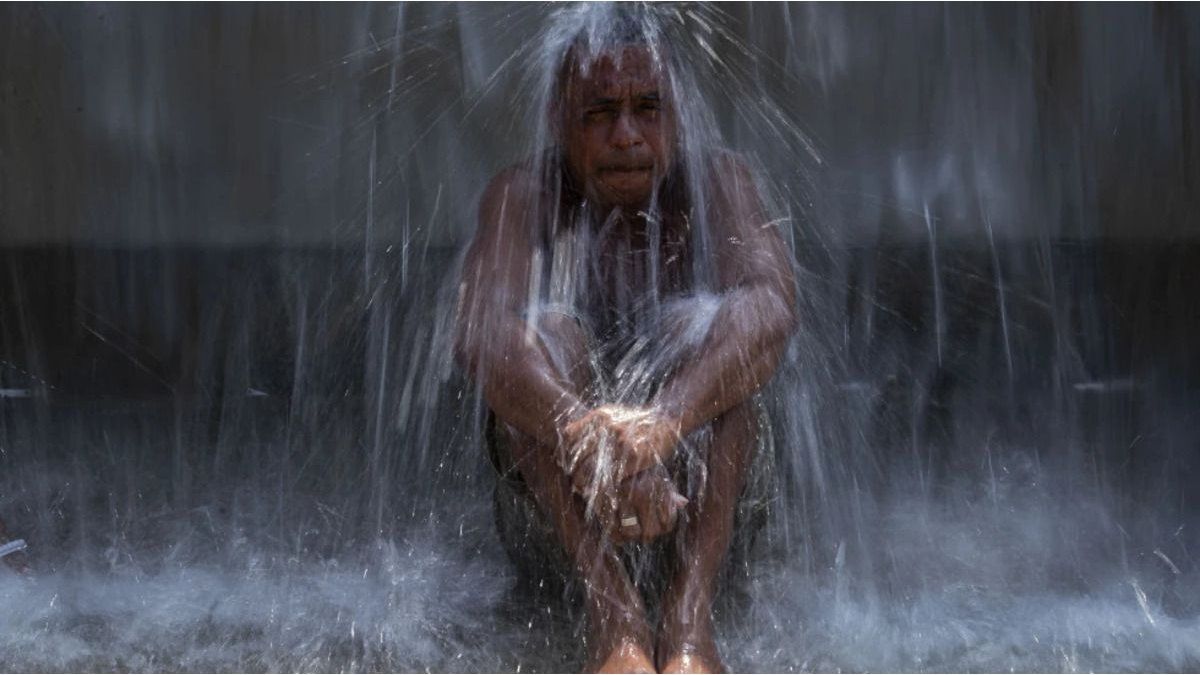A new heat wave hits Brazil, with record temperatures that led the inhabitants of Rio de Janeiro and Sao Paulo to go to the beaches and parks.
In the west of River the thermal sensation touched the 60.1 degrees Celsius on Saturday, a maximum since the River Alert System began making these measurements in 2014.
The previous record in that area was last November, when the indicator reached 59.7ºC.
This Sunday the thermometers marked between 37 and 38 ºC in most of the city. But River Alert warned that they could rise to 42ºC.
The emblematic Ipanema and Copacabana They looked packed, while the authorities published advice to cope with the high temperatures.
The Cariocas also came to take refuge in the park Tijuca, an important nature reserve in the heart of the city.
In San Pablo, residents filled parks and squares
“Before we didn’t have heat like this, now it’s changed a lot, from a while ago,” he told AFP. Vanuza Maria Estevan, a 40-year-old resident.
Many of the state’s inhabitants chose to head to the coastal resorts, which caused major traffic jams at the accesses to Saint Paul on Saturday, with lines of cars of up to 20 kilometers, according to local media reports.
Meanwhile, extreme rains were wreaking havoc in the south of the country and will continue next week, according to authorities.
“The week will be very high risk in the South-Central Brazil due to heavy rains and storms. The most worrying system is a very intense cold front that will arrive with torrential rains and possible gales,” the meteorological information agency MetSul warned on Sunday.
In some locations in the southern state of Rio Grande do Sul “Exceptionally high volumes” of precipitation were recorded, up to 300 millimeters.
The mayor’s office of the municipality of Uruguayanthe most punished in the state, released images of flooded streets and buses submerged up to half in water.
It is estimated that up to 500 mm of rain could fall
In February, Rio Grande do Sul had been stifled by extreme temperatures due to an “extreme heat dome” coming from Argentina.
Experts attribute extreme phenomena and meteorological instability to climate change and a worsening of the phenomenon of The boy.
Scientists estimate that current global temperatures are about 1.2ºC higher overall than in the mid-19th century, causing an increase in floods, droughts and heat waves.
Source: Ambito




